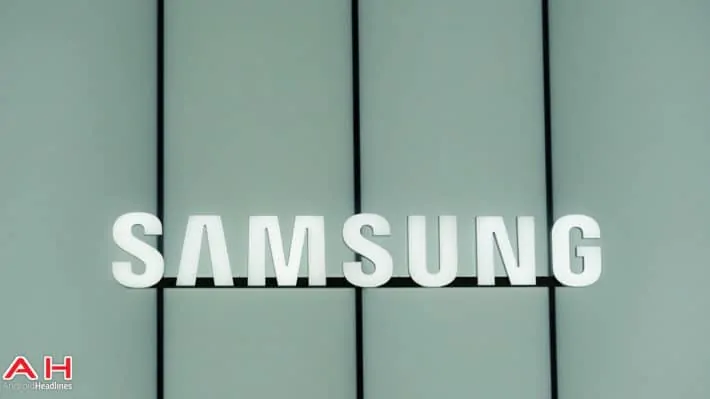Samsung have updated a number of devices to Android 5.0 Lollipop recently, including the former flagship Galaxy S4, Galaxy S5. And the new, current flagship models, the Galaxy S6 and S6 Edge, arrived running Android Lollipop right out of the box. Shortly after the Galaxy S6’s launch, we received notice that Samsung were releasing a “micro update” to the handset designed to improve performance. At the time, the Galaxy S6 was reportedly running into memory management issues and the update was set to improve matters. And now Samsung UK have revealed, “Our engineers are currently working on micro updates for the lollipop update on various devices!” via the microblogging Twitter website.
Although we have written about the memory management issue in Android Headlines, it’s worth repeating it here. Essentially, Android 5.0 through to at least 5.1 (this includes 5.0.1, which was only available for a brief period, 5.0.2 and of course 5.0 and 5.1). Google have acknowledged the issue and have said that it is to be fixed in due course. The issue appears to be related to memory fragmentation: essentially, when an application is launched, it requests a chunk of RAM from the operating system. Android. Once the application has received this RAM, it launches and does its stuff. When the user either closes the application (via the Exit, Close command, or the back button – usually!), the application saves its settings and tells the operating system that this memory is now available for other applications. The application is now always closed depending on what else the device is doing: this is the reasons why devices with lots of RAM perform better, because when a user switches back to the application it is still in RAM. The memory leak issue happens when the operating system does not reclaim all of the memory made available by the closing application; over time and use, the pool of free RAM is reduced. The operating system then starts to need to work harder and harder to free up enough available memory for a given application to launch.
What happens from a user perspective is that the device starts to stutter and hesitate, because the operating system would usually mask the housekeeping operation during the launch or close animation. When it takes longer than this animation to acquire memory to launch the application, things start to look awkwardly stilted. Other symptoms include applications closing at random, typically the keyboard or those heavyweight applications such as Google Docs or the Google Chrome browser. Eventually, the device freezes or crashes. The good news is that a reboot solves the issue, but the bad news is that even minimizing the applications on your device doesn’t solve the issue and instead one needs to wait for a software fix.
It is unclear what the exact fix is that Samsung have implemented, but it appears that other manufacturers with devices running Android Lollipop have implemented their own fixes to the operating system in order to improve performance over a period of time. Unfortunately, Samsung have not revealed when these fixed might be ready but this is perhaps because they will need to go through the carrier approval process, although the term “micro update” would imply that the update is a subtle tweak of the code and so therefore shouldn’t require a substantial testing process. We will let you know when we have more information.

